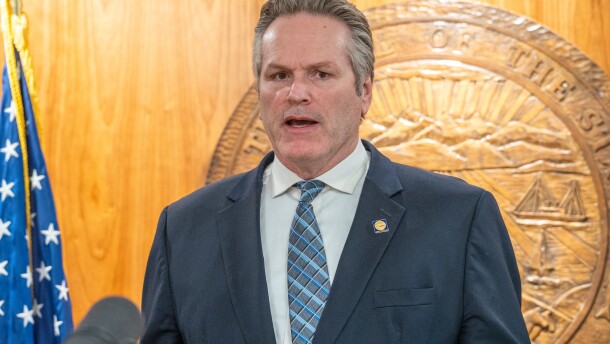Gov. Mike Dunleavy plans to propose a two-mill property tax for the Alaska LNG project, 90% lower than the state's tax on other oil and gas infrastructure.
Latest News & Local Programs
-
Writer and biologist Caroline Van Hemert recently finished sailing the Northwest Passage with her family. The trip is among the adventures that will inform her new memoir.
-
This spring, after years of public debate, the Juneau Assembly approved demolishing the homes to redevelop the area into newer, denser housing.
-
Alaska Airlines spokesperson Tim Thompson cited “unexpected freighter maintenance and severe weather impacting operations” as causes for the delays.
-
Advocates and lawmakers are calling for the reinstatement of an independent oversight body to investigate and help prevent deaths, as well as changes to medical and geriatric parole.
-
Don't get swindled while buying those last-minute gifts. Amy Nofziger, a fraud specialist with AARP, shares top schemes she's been seeing this season — and tips on how to protect yourself.
-
Congressman Nick Begich votes against a house bill to restore union rights for federal employees.
-
An Anchorage dermatologist shares simple ways to winter-proof your skin — and explains why lotion may be working against you.
-
Former troopers Sgt. Joseph Miller and Jason Woodruff are each charged with violating a Kenai man's civil rights.
-
The vote puts an indefinite pause on any official discussion about separating the area from Anchorage and bringing it into Mat-Su.
-
Documents published by the Alaska Department of Revenue show a multibillion-dollar long-term change in the way money from federal oil leases is handled.
Thanks to our sponsors
More from AKPM
Your weekly guide to the best events and happenings around town.




















